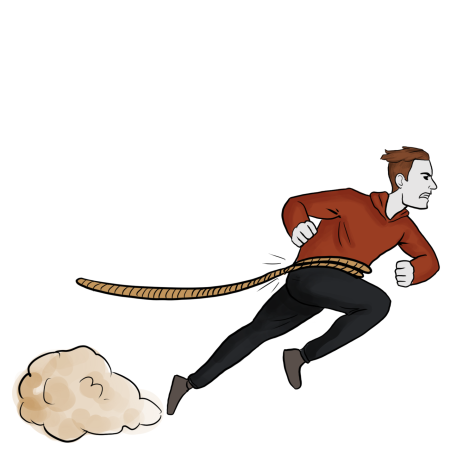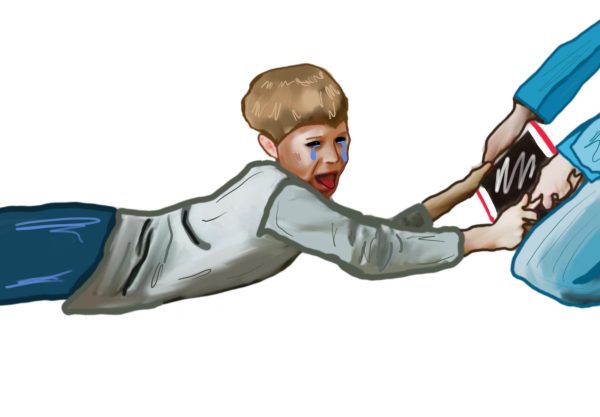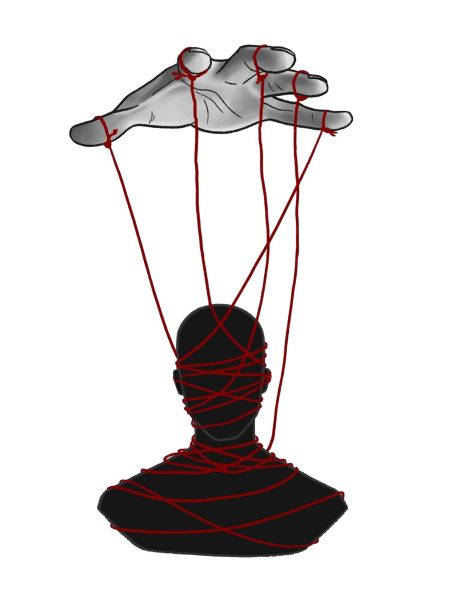The vanishing cycle: How students and educators navigate absences
October 31, 2022
The rumors around absences echo throughout the hallways. Confused teachers remark, “Why does it feel like no one is here?” Cars flee the parking lot during SMART period. When looking at absences, different factors that lead towards skipping school are revealed. Students may miss a class to avoid a test they did not prepare for or to hang out with their friends — both short-term reasons for skipping. Meanwhile, other students are having a difficult time functioning in a classroom setting.
California is one out of six states to base public school funding on attendance. Districts receive funding based on how many students attend school each day, known as Average Daily Attendance. Since funding is deemed crucial in gaining a well-rounded education, Redwood pays close attention to daily attendance. Dean Andrew Schroeder works to ensure student engagement in the classroom setting. Schroeder monitors the hallways, bathrooms and parking lots throughout the day, checking in with every person he sees in order to prevent absences.
“[The faculty] wants the classroom [environment] to pull students in; this is the place that students want to be, but there’s also a push because this is a place that students need to be,” Schroeder said.
Finding the balance between support and education can be difficult for faculty to balance because they are trying to assist students while also keeping them in the classroom. When special cases present themselves, Schroeder finds it important to sit down and have a conversation with students who are having difficulty attending class. A high school student, who wished to remain anonymous and will be referred to as Jake, shared that Schroeder’s tactics did not help them with their scheduling dilemma.
“[Schroeder] took me out of class, sat me down and I had to talk with Ms. Kemp as well. It wasn’t [helpful],” Jake said.
Eventually, Jake was able to cut down their stress levels by cutting down their classes with the help of the school guidance counselor. Despite students skipping classes, Redwood’s attendance rates remain high and the majority of students come to class.
“Redwood has some of the best attendance I’ve ever seen in my life,” Schroeder said.
Even with the strong attendance report, there remains a struggle behind creating an environment that encourages students to come to school. Schroeder often seeks to identify the reasoning behind students skipping class.
“Once you’ve identified why the [absences] take place, then you start to think, ‘What’s an appropriate replacement behavior?’” Schroeder said.
Jake shared that, on average, they skip two classes a day. This sparked concern from multiple of their teachers. Jake reasoned that classroom work was not necessary in helping them learn the material and believed that completing the crucial assignments at home was a better use of time.
“One of my teachers for my Advanced Placement (AP) class was concerned that I wasn’t in class enough to understand the topics. She knew I could do the work, but she was worried I wasn’t learning it, which [was] true. But, I feel like school isn’t focused on actually learning information, [but rather how well we memorize information],” Jake said.
Schroeder and Jake provide a different lens on skipping class and how the issue of skipping affects students. Although not attending a lesson provides a break from classes, it does not play a positive role in Jake’s mental health or learning ability.
“I think [skipping class is] not good for either [my mental health or grades]; however, I don’t necessarily think my grades are suffering as much as they could be. I feel like teachers think, ‘Oh, you’re not in class, your grades must be suffering,’ but this year I have skipped more classes than I have attended, and I have a 4.0 [grade point average],” Jake said.
Honors Advanced Algebra and AP Calculus BC teacher Heather Curtaz notes that she will not alter her learning plan in the absence of her students.
“I have [about] 30 students here ready to learn, ready to go and my obligation is to the people who are in my room,” Curtaz said.
The student absences require her to spend extra time catching students up on missed work, whether it be through uploading notes or helping the student learn the new material when they return.
“I teach only Honors and AP [courses]. If a kid misses class, it’s up to them to decide what they’re going to do. I do not push SMART on anybody because I feel like if you’re at [the AP/Honors] level, you should be responsible for your learning,” Curtaz said.
While Jake’s situation is unique to a subsection of Redwood’s student population, many students occasionally skip a class or two. An October 2022 Bark survey revealed that 52 percent of students have skipped class without a parent’s approval. Thus, educators and students alike should find a way to manage classroom time so it can be properly utilized to make students feel more confident in the time and effort they are putting into their learning.





















